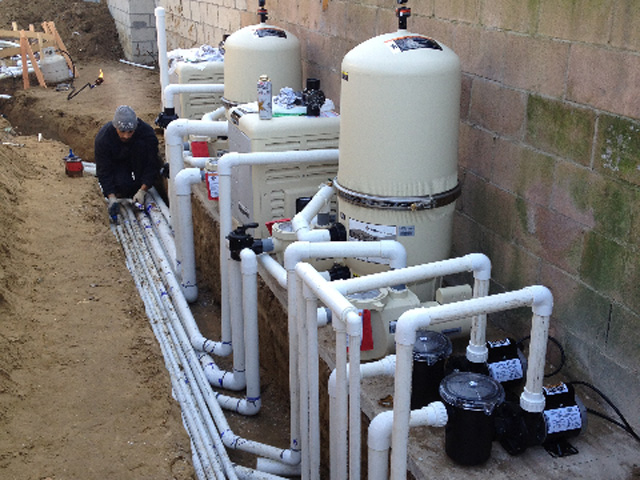Plumbing systems are crucial for the proper functioning of buildings, ensuring the distribution of clean water and the removal of wastewater. However, to ensure the safety and efficiency of plumbing systems, they must adhere to specific codes and regulations. Plumbing codes are established standards that govern the design, installation, and maintenance of plumbing systems to protect public health and safety. In this blog post, we will explore the importance of plumbing codes and regulations, the entities responsible for establishing them, and the key considerations for complying with legal requirements for plumbing installations.
Understanding Plumbing Codes and Regulations:
Plumbing codes are comprehensive sets of rules and standards developed by various organizations and government agencies to ensure the proper design, installation, and maintenance of plumbing systems. These codes outline requirements for materials, construction methods, system components, and performance standards to mitigate health risks, prevent accidents, and promote water conservation. Compliance with plumbing codes is essential to ensure the safety, efficiency, and longevity of plumbing systems in residential, commercial, and industrial buildings.

Regulatory Authorities:
Plumbing codes and regulations are typically established and enforced by government agencies at the local, state, and national levels. In the United States, plumbing codes are often based on model codes developed by organizations such as the International Code Council (ICC) and the National Fire Protection Association (NFPA). These model codes are adopted and modified by local jurisdictions to address specific regional needs and conditions. Additionally, some states and municipalities have their own plumbing codes and regulations tailored to local requirements and environmental factors.
Key Considerations for Compliance:
Complying with plumbing codes and regulations requires thorough knowledge of the applicable requirements and careful adherence to established standards throughout the planning, design, installation, and maintenance phases of a plumbing project. Key considerations for compliance include selecting appropriate materials and equipment, ensuring proper sizing and installation of piping systems, and following approved construction methods and techniques. It is also essential to obtain necessary permits and inspections from regulatory authorities to verify compliance with code requirements.
Conclusion:
Plumbing codes and regulations play a critical role in ensuring the safety, reliability, and efficiency of plumbing systems in buildings. By adhering to established standards and requirements, plumbing professionals can mitigate health risks, prevent accidents, and promote sustainable water use. Understanding the importance of plumbing codes, identifying regulatory authorities, and adhering to key considerations for compliance are essential steps in navigating the legal requirements for plumbing installations with the help of this company, https://redrhino.com/plumbing/palmetto-plumbers. By prioritizing compliance with plumbing codes and regulations, stakeholders can contribute to the overall safety and well-being of communities while ensuring the longevity and performance of plumbing systems.





